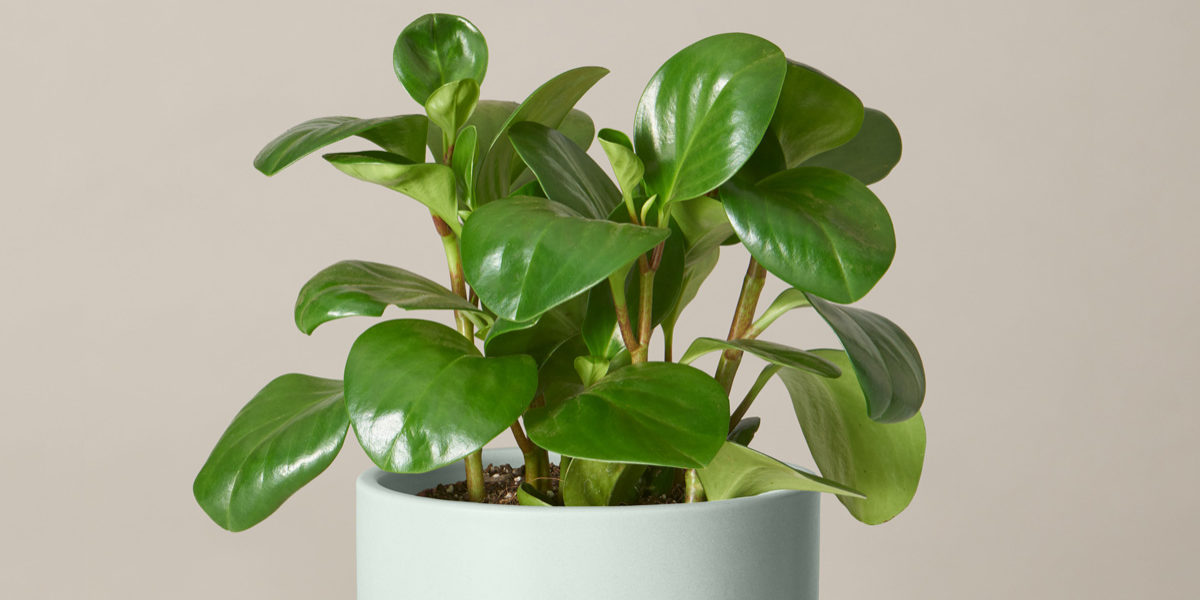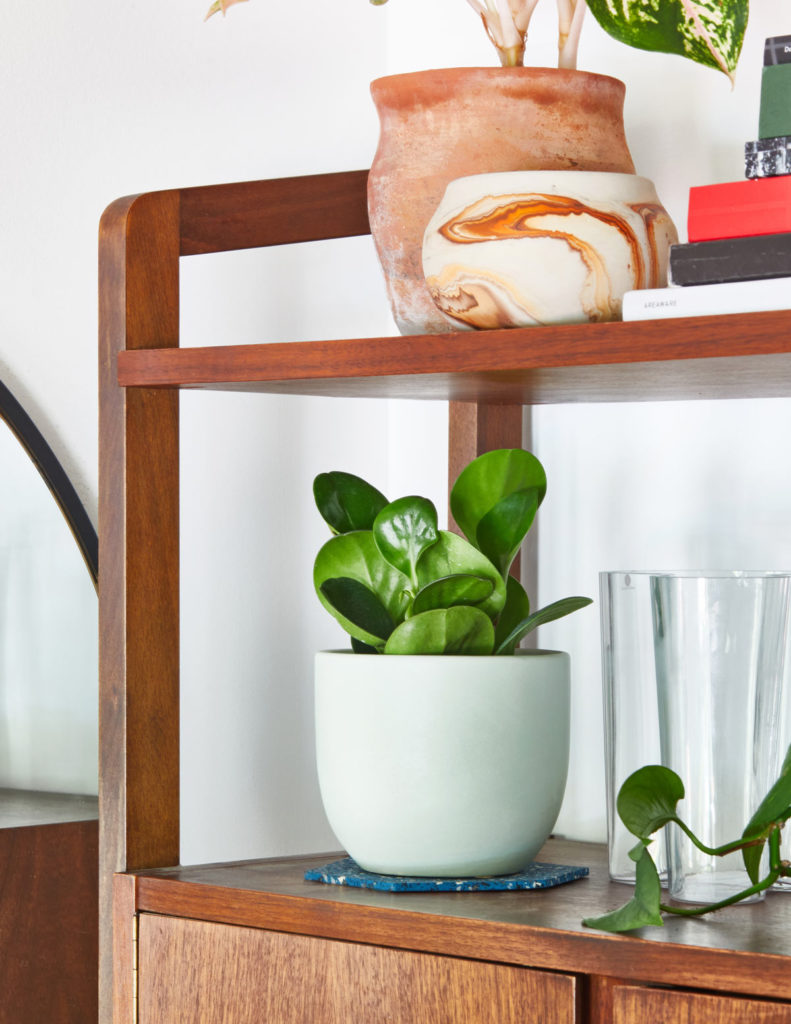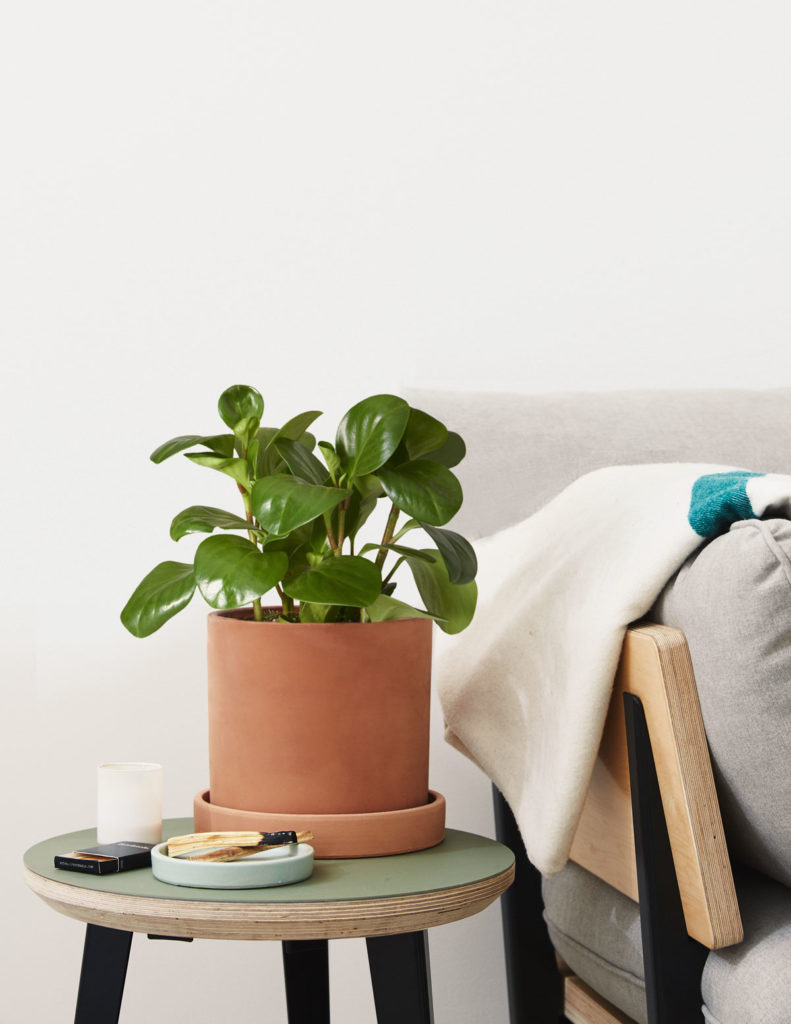
The Houseplant of 2022 Is Beginner-Friendly Peperomia. Here’s Everything You Need to Know
This hardy semi-succulent is perfect for aspiring plant parents thanks to its forgiving nature.

Courtesy of The Sill
It’s official: 2022 has been declared the year of the peperomia. This hardy houseplant, along with six other plants, is part of the National Garden Bureau’s annual “Year of Plants” program. For the past 40 years, the bureau has used this program to educate the public about and encourage them to garden with the featured plants.
Plants are chosen because they’re popular, easy-to-grow, genetically diverse, and versatile, according to the bureau. For a while now, the bureau has selected one annual, one perennial, one bulb, one edible, and one shrub. But this year, the organization added a new category—houseplants—a natural inclusion after their explosion in popularity throughout the pandemic. And 2022’s Houseplant of the Year is peperomia.

Courtesy of The Sill
Peperomia isn’t actually a single plant but a genus of plants that includes more than 1,500 species, many of which are cultivated as houseplants. This means there are plenty of varieties to choose from if you’re interested in having one, from different leaf styles to varying colors. Erin Marino, editorial lead at plant and gardening website The Sill, recommends the ripple peperomia and watermelon peperomia for beginners.
The peperomia, which is native to tropical and subtropical areas across the globe, is known as a fairly hardy plant and has a well-established reputation as an easy starting place for aspiring plant parents.
“They are low-light tolerant because they grow in subtropical areas naturally, which really makes for a great houseplant,” says Marino. “Indoors, we might think our apartment or home is super bright and sunny, but the light you’re going to get indoors is a lot less than the light a plant is going to get outdoors.”
A bright spot on the windowsill with lots of direct sunlight will generally be a bit much for peperomia to handle. They’re ideal for the slightly secluded parts of your home with a good supply of indirect sunlight.

Courtesy of The Sill
Their hardiness doesn’t stop at light requirements, though. Peperomia have leaves and stems that are quite similar to that of succulents, meaning watering doesn’t need to be that frequent. Lindsay Pangborn, the gardening expert at houseplant and gardening site Bloomscape, recommends letting the soil dry out by 50% to 75%, which roughly translates to watering every couple weeks.
On top of all that, peperomia are nontoxic and are therefore safe for pet households. And they require little maintenance in terms of trimming. In fact, because most don’t grow to more than 18 inches tall, you’ll most likely be able to keep your peperomia in the same clay pot its whole life.
This hardiness, forgiving nature, and general lack of maintenance make peperomia the perfect plant for beginners. However, there is one misconception to keep in mind should you bring one into your home.
“We in the plant industry like to call peperomias radiator plants,” says Marino. “That gives people a false sense of confidence of being able to put their peperomias near a radiator. You don’t want to put them near anything that’s going to cause too much of a temperature fluctuation. A heater during the winter [is] just blasting warm air on the plants. The plants not going to love that nor is it going to love air conditioning in the summer blasting cool air.”

Courtesy of The Sill
Pangborn concurs and recommends keeping peperomias in a space that’s between 60ºF and 80ºF. Keep them away from any area that may drop below 50ºF, Pangborn adds.
Keep all this in mind, and you’ll likely have a happy and healthy peperomia. If you do make a mistake, the plant will let you know. An overwatered peperomia will develop mushy stems and yellow drooping leaves, according to the bureau. If you see that, letting the soil dry can save the plant.
“A lot of people since 2020 were kind of drawn to plants and had this renewed sense of wonder and interest in bringing houseplants into their space,” Marino says. “The fact that peperomia, which is such a popular, respected variety of houseplant, got picked instead of something rare and new and interesting just goes to show that really the excitement around plants comes from—bringing any plant into your space and watching it grow.”
